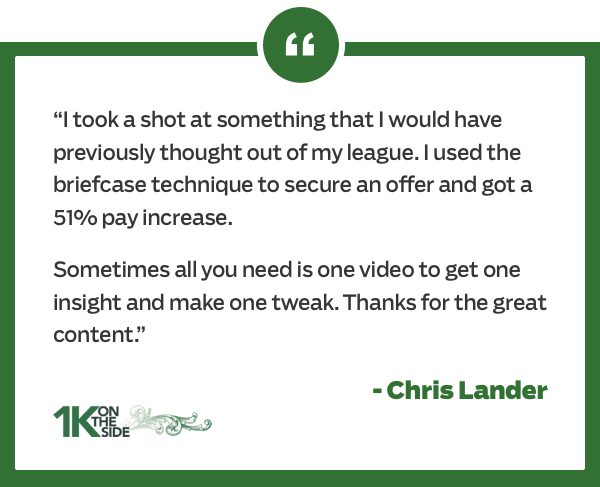
What is copywriting, and is it right for you?
If you’ve been Googling “what is copywriting,” you’ve come to the perfect place to learn all about it.
We’re proud to have built our business — the very website you are reading and its constituents — on 10+ years of solid copywriting (we have charts to show you just what good copywriting can do for a business further down). Before we yammer on more about that, you should know that copywriting is…
Actually, rather than just beat you over the head with a boring definition that was likely cribbed from Merriam-Webster, here’s a real example of what (good) copywriting looks like: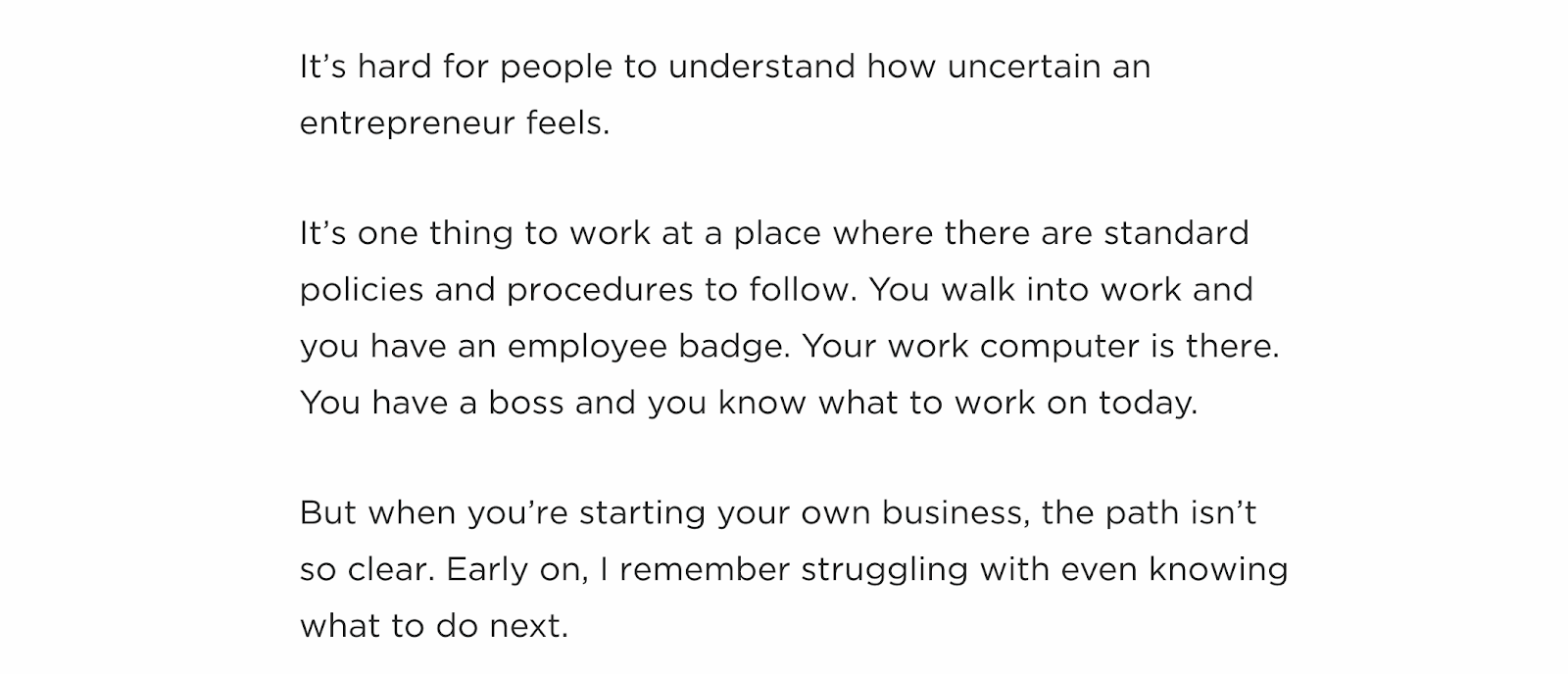
And so is this: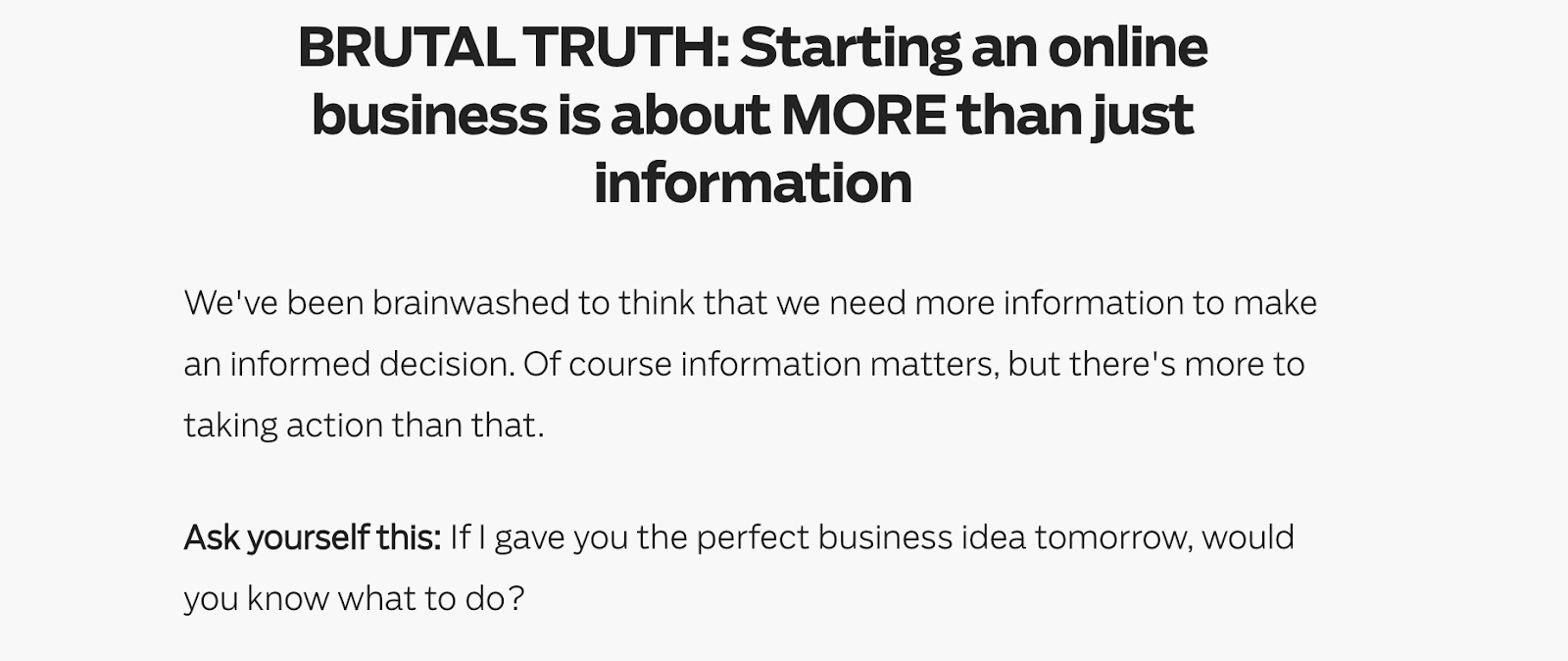
I pulled the above excerpts from their respective sales page, which is a specially designed page with the sole purpose of selling you a product, like a course or an e-book, or service, like fitness coaching. By extrapolation, then, copywriting itself is a style of writing that steers readers toward a specific action — typically…

When done really well, copywriting has the power to read minds, twist hearts, and open wallets. It’s not witchcraft or any sort of trickery. Proficient copywriters know and understand the principles behind powerfully persuasive copy and have honed this special craft for eons.
As I pointed out earlier, we at GrowthLab and our sister site, I Will Teach You To Be Rich, have used copywriting to grow our business. Observe this chart, which highlights our growth over the years:
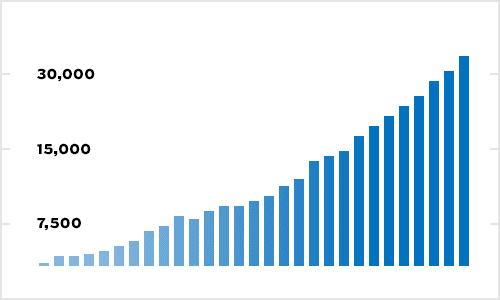
So much of that growth can be attributed to great copy — really!
Think about it: When someone comes to your website or sales page, you have about as long as it takes for a goat to scream like a person to convince them to keep reading. To do that, you need thoughtfully written words and sentences. (You know it’s true: you wouldn’t keep reading if you weren’t enthralled by my words…)
Great copy arrests our short attention span and incites us to open an email, read an article, and tell our friends about the cool thing we just read. Great copy is simply magical.
Wait, isn’t writing just to sell “sleazy”?
Let me confess: As someone who’s spent a large majority of her career writing articles in places like The New York Times, Lifehacker, GQ, Popular Science, and so on, the mere thought of using writing to promote or sell initially incensed me. It felt icky and manipulative, like I was trying to lie and cheat my way to convince someone to give me their money.
But that was simply my gag reflex to something that was unfamiliar.
Sure, there areunethical copywriters out there — just as there are plenty of bad businesses — but great copywriting is first and foremost ethical and authentic. That means you don’t have to be anyone else other than your natural self. You don’t have to be dishonest.
Look at it this way: If you know you can truly help someone with your product or service, then you almost have an obligationto reflect that in your copy. And I’ll show you how to get started.
Whether you have some writing background or none at all, you can learn copywriting (or greatly improve your current ability).
The good news is that you don’t have to spend forever and a day toiling to be the world’s best copywriter (unless you want to). Once you learn the basic principles that all great copywriters build upon, you can write “good enough” copy and move on.
What is (great) copywriting?
I’ve since learned a lot more about selling and recognize that copywriting is simply a different form of writing, much like screenwriting or speech writing is. And the twist: learning how to write engaging copy has actually made me a better writer overall.
Now I understand how to peer into the reader’s mind, warp abstract concepts into things people can visualize in their head, and anticipate what they might be thinking next. When a reader feels understood, they trust you more, plain and simple.
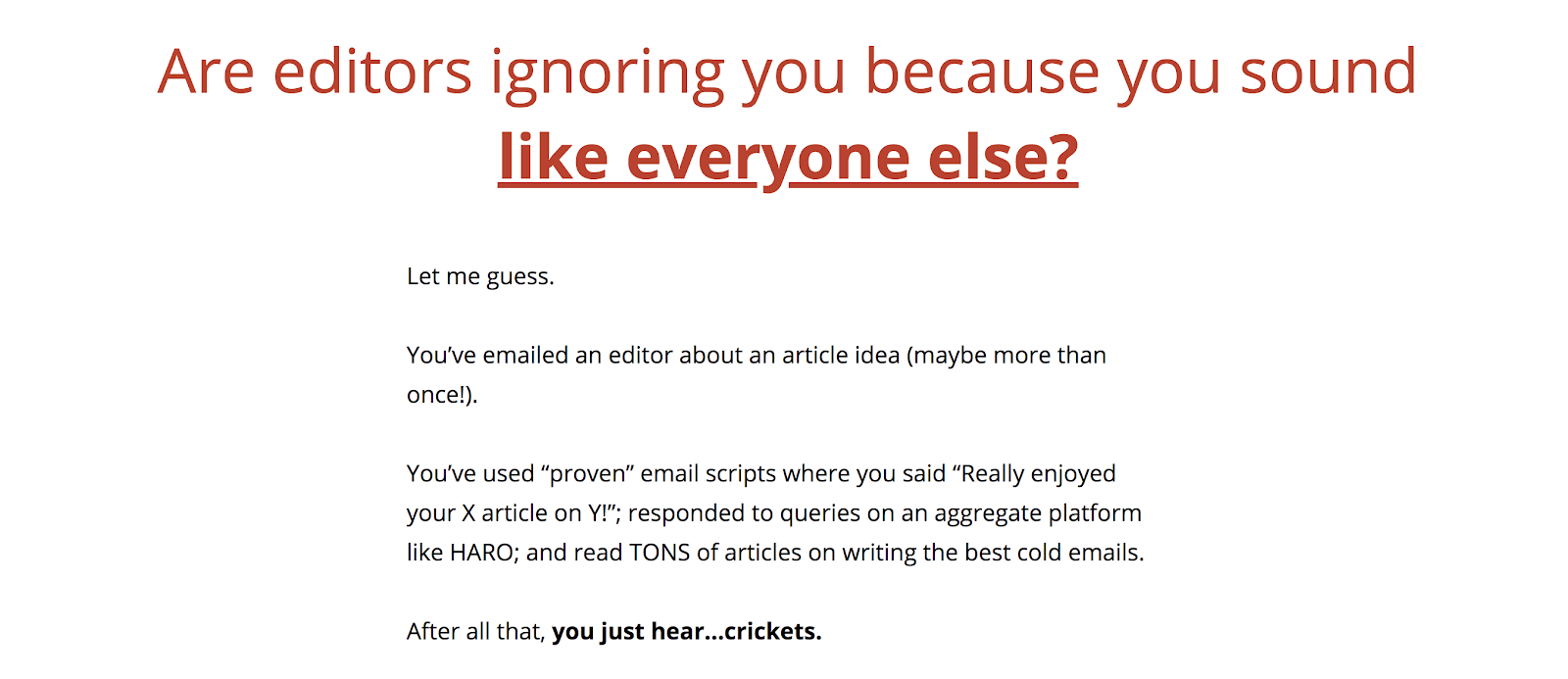
In other words, great copywriting starts with knowing what the reader is thinking: their hopes, dreams, fears, and expectations. We do this by creating something we call a Customer Desire Map. It looks like this:
This outlines where your customers are, where they want to be, and what’s in their way, so that you understand the readers’ struggles, hopes, and dreams more than they do. Before you write a single word. SORCERY!
Helpful link: How to write copy that’ll blow your readers’ minds
To create your own Customer Desire Map, you should…
- Learn where to find the people you want to write to. Aka customers, or people who will read your copy. Whatever the case, you need to find the places online, or even — gasp — in real life where your potential readers and customers frequent. Ask yourself: Which Facebook groups or Reddits do they go on? What books and websites do they read?
- Spend time talking to your customers. Don’t skimp on this step. Delve into their mind by actually talking to them to learn how they talk, what they want, what they currently know, what they don’t know, and any other relevant information. This GrowthLab article can help get you started on this process.
- Listen for “emotional intensity.” There’s a stark difference between someone telling you, “Yeah, I suppose that would be annoying…” and “Ugh, yes! I’ve been DYING to find some way to solve that problem!” Pay closer attention when people get riled up about their frustrations.
Yeah, it can be scary talking to other humans, but entrepreneur Luisa Zhou did this and knocked it out of the park — $1.1 million, to be specific. And talking to and understanding who your reader is is the first step to being a great copywriter.
Helpful link: The three keys to six-figure sales pages
The next step is to actually practice with the following tips (and read these copywriting books).
4 quick tips to improve your copy (even if you’ve just started)
1. People don’t want to read sentences, they want stories
Sentences make readers read. Booooring.
Stories, on the other hand, carry readers along and immerse them in the journey. You know your copy is good when your readers cling onto every word because they’re reading a riveting story.
And one way to draw from an endless repository of stories is to extract those experiences from your own life. The next time you’re hanging out with friends or maybe even going on a short jaunt in the woods, pay attention to what’s happening.
It can become a story! Write it down or store it in your mental filing cabinet so that you can take it out for the next time you write. This is what we do all of the time for our own emails and articles.
2. Write in the customer’s own words
This is why it’s important to spend time talking to customers. They’ll tell you exactly the words you should reuse in your copy. You should use these words, even if you think they sound silly, because those are the words that prospective customers intimately understand.
So if someone says to you, “I wish my stomach didn’t get squeezed out of my pants when I sit down, then I wouldn’t feel so embarrassed,” write exactly that in your copy to make it resonate.
3. Your readers want benefits, NOT features
An example of a feature is “an eight-week training program” or “48 high-definition videos and worksheets.” While those are nice details, people aren’t paying you for those — not exactly.
They’re paying you for the benefits that might arise out of using those features, aka what will those features do for your customers (example: “Never have to think about your next workout again.”).
4. Write like you’re texting a friend
Too many copywriters tend to obfuscate their writing with arcane meanings and discombobulate readers. Simple writing is best: make it casual, relevant, and real. Write like you’re writing a text to a friend.
If you master these simple tips, you’re already heads and shoulders above so many copywriters out there.
Want more? Check out our Ultimate Guide to Email Copywriting
Our founder Ramit Sethi distilled down his insights from over 14 years of writing emails that his readers would devour. Using the principles he’s learned and honed over the years, he’s grown his list to over 400,000 readers, and now he wants to show you how, too.
In this Ultimate Guide, Ramit will show you how to replicate those principles in your own copy. Simply enter your name and email below and get instant FREE access to the guide — and start writing content people LOVE today.
Like this blog post? Learn how to create amazing content like this that attracts and engages your target buyers with our FREE Ultimate Guide To Remarkable Content.
Written by Ramit Sethi
Host of Netflix's "How to Get Rich", NYT Bestselling Author & host of the hit I Will Teach You To Be Rich Podcast. For over 20 years, Ramit has been sharing proven strategies to help people like you take control of their money and live a Rich Life.



